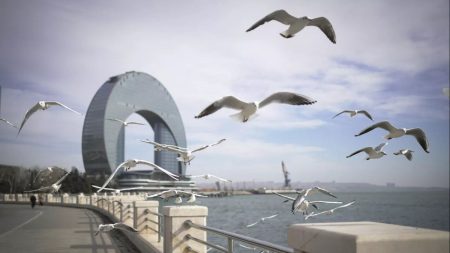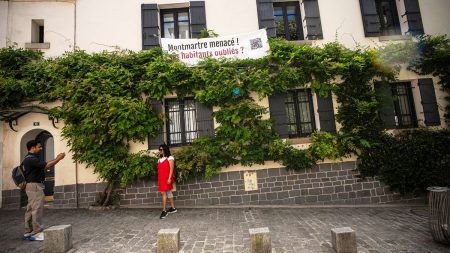This year marks the 35th anniversary of the fall of the Berlin Wall, a historic event that reunited East and West Berlin in the German capital. To commemorate this momentous occasion, Berlin is hosting various events and celebrations throughout the city. The ‘Fest der Freiheit’ (Festival for Freedom) on 9 November will feature a parade of 1000 musicians playing songs that represent freedom, as well as exhibitions, talks, and concerts. An open-air installation called ‘Hold Freedom Up High!’ will display new and historical posters with revolutionary messages along the former course of the wall, including iconic locations such as the Berlin Wall Memorial and Brandenburg Gate.
For those unable to be in Berlin on 9 November, there are still opportunities to explore the history of the Berlin Wall through guided tours. Platforms like Withlocals and Airbnb Experiences offer tourists the chance to connect with local guides who can provide an insider’s perspective on the city’s past. Visitors can join guided tours that take them to significant sites such as Checkpoint Charlie, Mauerpark, and the Berlin Wall Memorial. Cycling tours are also a popular choice, with companies like Berlin on Bike offering guided bike rides that cover both well-known and lesser-known remnants of the Wall’s history. Solo travelers can rent bikes from various services and explore the East Side Gallery, Potsdamer Platz, Checkpoint Charlie, and the Brandenburg Gate at their own pace.
One traveler shared their experience on an Airbnb tour where they visited Bornholmer Strasse, the site where the Berlin Wall initially fell, and Mauerpark. The guides shared their personal perspectives on life in Berlin both during and after the Wall’s existence, providing a unique and harrowing insight into the city’s history. The tour allowed participants to gain a deeper understanding of the impact the Wall had on the lives of Berlin residents, highlighting the stark differences between East and West Berlin during that time. By participating in tours led by local guides, visitors are able to engage with the city’s history on a more personal level, gaining valuable insights and perspectives that may not be found in guidebooks.
In addition to the scheduled events and tours, visitors to Berlin can also immerse themselves in the city’s history by exploring key landmarks associated with the Berlin Wall. The East Side Gallery, an iconic section of the Wall decorated by artists from around the world, offers a vivid representation of the city’s divided past. Potsdamer Platz, once divided by the Wall, has transformed into a bustling area with shopping, dining, and entertainment options. Checkpoint Charlie, the former border crossing between East and West Berlin, provides a glimpse into the tense atmosphere of the Cold War era. The Brandenburg Gate, now a symbol of German reunification, stands as a reminder of the city’s tumultuous past and hopeful future.
As Berlin commemorates the 35th anniversary of the fall of the Berlin Wall, visitors have the opportunity to engage with the city’s history in a meaningful way. Through guided tours, open-air exhibitions, and cultural events, individuals can gain a deeper understanding of the impact of the Wall on the lives of Berlin residents and the city as a whole. By exploring key landmarks and participating in commemorative activities, travelers can honor the spirit of freedom and unity that emerged following the fall of the Wall, celebrating the progress made in the decades since this historic event. Whether joining a guided tour, biking along the remnants of the Wall, or attending cultural events, visitors to Berlin can immerse themselves in the rich history and vibrant spirit of the German capital as it marks this significant milestone in its past.









